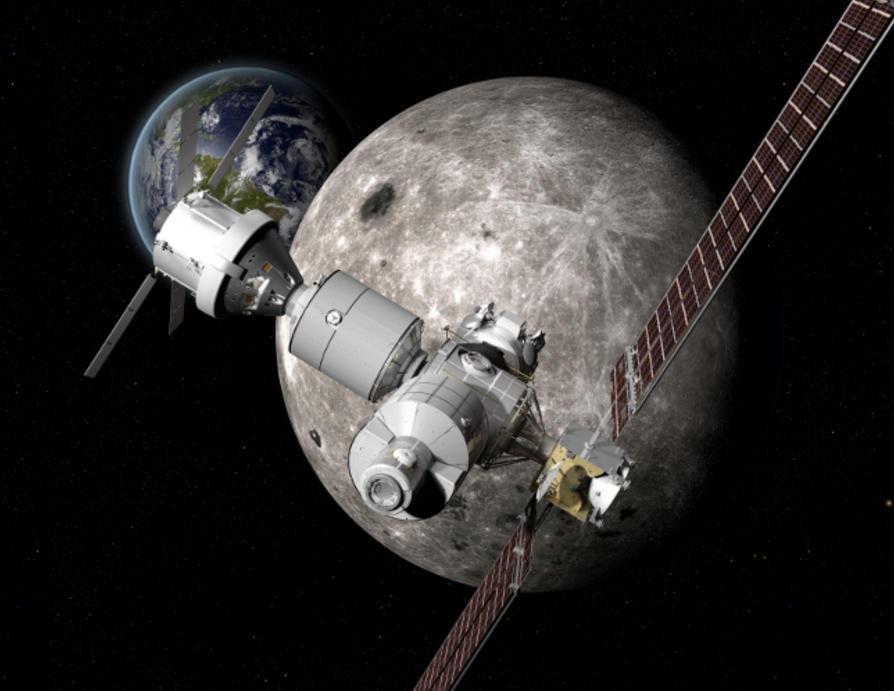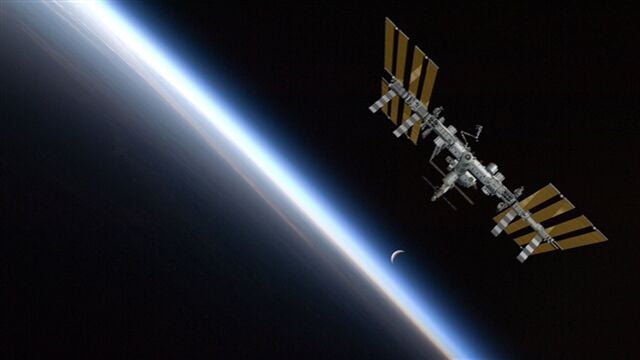

At its peak, observers may be able to view as many as 10 meteors in an hour. The shower usually peaks around December 23. The Ursids meteor shower is active annually between December 17 and December 24.

Geminids are considered to be one of the most spectacular meteor showers of the year, with the possibility of sighting around 120 meteors per hour at its peak. The shower is called Leonids because its radiant, or the point in the sky where the meteors seem to emerge from, lies in the constellation Leo. At its peak, up to 20 meteors are visible every hour. Orionids are active every year in October, usually peaking around October 20/21. The Draconid meteor shower, also sometimes known as the Giacobinids, is one of the two meteor showers to annually grace the skies in the month of October. They occur every year between July 17 and August 24 and tend to peak around August 9-13. "The space station is visible because it reflects the light of the Sun - the same reason we can see the Moon.The Perseids are one of the brighter meteor showers of the year. It can only be seen when it is dawn or dusk at your location," NASA said. "Unlike the Moon, the space station isn't bright enough to see during the day. Although it is always flying through the sky, it is typically only able to be seen by the naked eye during certain times of the day. Traveling at a speed of 17,500 mph, the station orbits the Earth once every 90 minutes. To find out what time you will be able to see the ISS beyond Friday, use NASA's Spot the Station widget above.įor nearly 20 years, the ISS has served as a scientific outpost for astronauts where they conduct research and experiments in near-zero gravity. To find a more exact time when the ISS will be visible in your area, check NASA's Spot the Station website.įolks may still be able to spot the space station on Saturday and Sunday evenings, but it will not be quite as bright as Friday evening. The precise time may vary by a minute or two based on your location. NOTE: The times listed above are approximates for viewers in and around New York City. "You can't miss the ISS, even in urban areas, as it is as bright as Venus ," AccuWeather Astronomy Blogger Dave Samuhel said. will be able to see the station, including those from Atlanta through Boston. However it will only be visible for a few minutes, so knowing what time to look is very important. The ISS will outshine all of the stars and planets in the sky, making it easy to spot. Not only will the space station appear incredibly bright on both evenings, but largely cloud-free weather will lead to uninterrupted viewing conditions. Thursday and Friday evenings will bring the perfect opportunity for those across the eastern United States to see the International Space Station (ISS) fly overhead. Thursday and Friday evenings will bring the perfect opportunity for those across the eastern United States to see the International Space Station fly overhead.Īn unusually bright object will glide across the evening sky late this week, appearing brighter than all of the stars and planets in the sky, but you'll need to know where and when to look up.


 0 kommentar(er)
0 kommentar(er)
